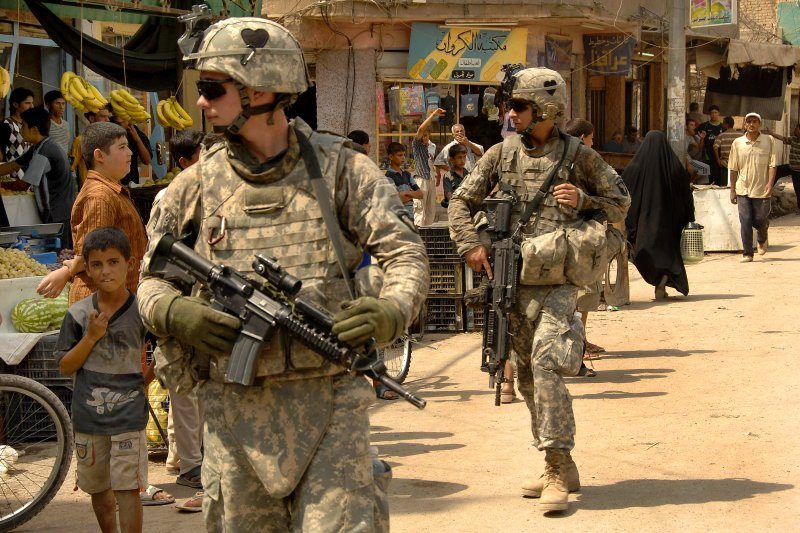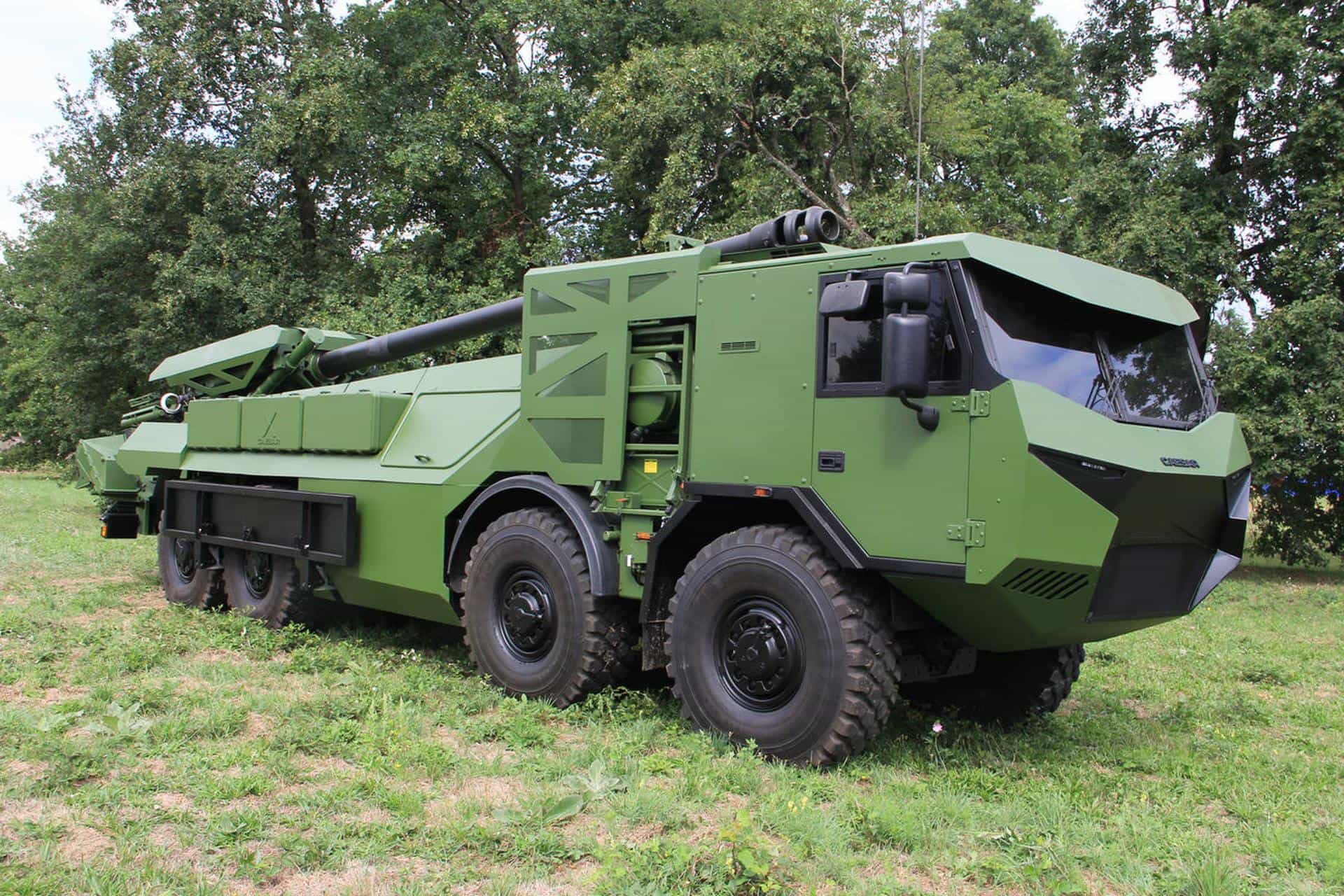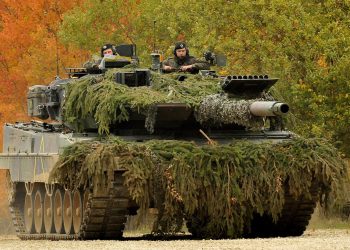By simulating the effects of bomb blasts in a laboratory, a team of specialists at Imperial College in London is working out the best means of protecting troops on operations and treating those injured by the Taliban’s weapon of choice. Report by Sharon Kean.
Led by Professor Anthony Bull and clinical experts Colonel Jon Clasper and Captain Adam Hill (both Royal Army Medical Corps), a small band of bioengineering brothers is breaking bones, pulling tendons and blowing up boots in a bid to establish what happens to the body and kit worn by soldiers during a blast.
Cadavers and artificial legs are fitted with footwear and mounted in purpose-built apparatus. They are hooked up to an array of sensors and high-speed cameras which record experiments that mimic the impact of an explosion:
“People were getting heel injuries so we are measuring the shock-absorbing capacity of that part of their footwear because if the boot absorbs more, the foot takes less,” explained Professor Bull.
Known as a high-energy drop test, the experiment shows which boots’ soles perform best. Scientists can use computer modelling to test hundreds of special rubbers, allowing them to determine which materials might work even better.
Early results have already been passed to MOD teams responsible for buying kit and to footwear manufacturers in a bid to help them devise the most effective protective gear.
Although the programme is still in its infancy, one company has already produced a prototype for military boots incorporating a previously unused material in the heel:
“We are investigating how to mitigate serious injuries by lessening the damage in the first place,” said Professor Bull.
The team’s work is also helping doctors develop cutting-edge treatments for those wounded during conflict:
“We are looking at what happens to cartilage, ligaments, bones and joints when people suffer blast wounds,” explained the Professor. “So we built a rig that can replicate the sort of injuries seen on the battlefield.”
A separate ‘floor pan deformation rig’ is used to test how different passenger seating positions in a vehicle might affect the nature of injuries sustained during an explosion:
“A big lump of metal represents the floor of a vehicle and we can accelerate it at the speed which simulates it being blown up,” added the Professor.
High-speed photography shooting at 16,000 frames per second is used to record experiments and X-ray scans of body parts before and after the ‘blasts’ – letting the researchers determine the level and type of damage done:
“We already have really good follow-up data on what happens after certain injuries,” said Professor Bull. “So we can accurately relate the type of wound at day one to what it will be like in five years’ time.”
This has enabled scientists to determine which parts of the body are most vulnerable or hardest to repair.
The aim is to advise how equipment might be designed to minimise the damage to these ‘devastating anatomical zones’, deflecting impacts to areas that might be more easily reconstructed.
Blast Lab experts have also been assessing crash-test dummies to work out which ones represent the most realistic model of a human body – invaluable information for those designing and developing military vehicles.
The team’s wealth of knowledge is already helping redesign the kit protecting troops in theatre and it could soon influence the methods used to treat those wounded on the battlefield.
By making giant strides in their hi-tech laboratory, this Army-civilian union is doing its best to ensure soldiers can step out on patrol with added confidence.










